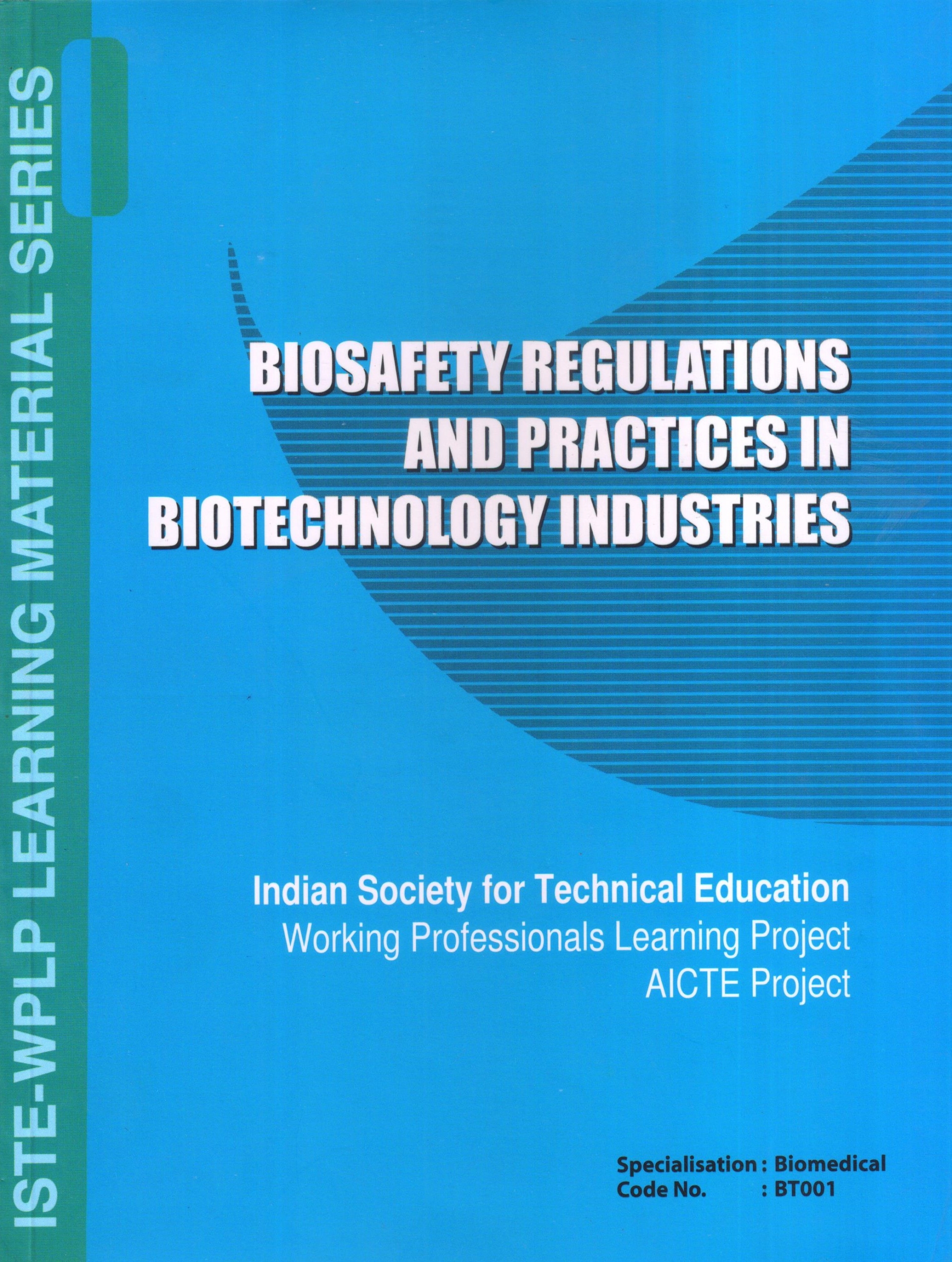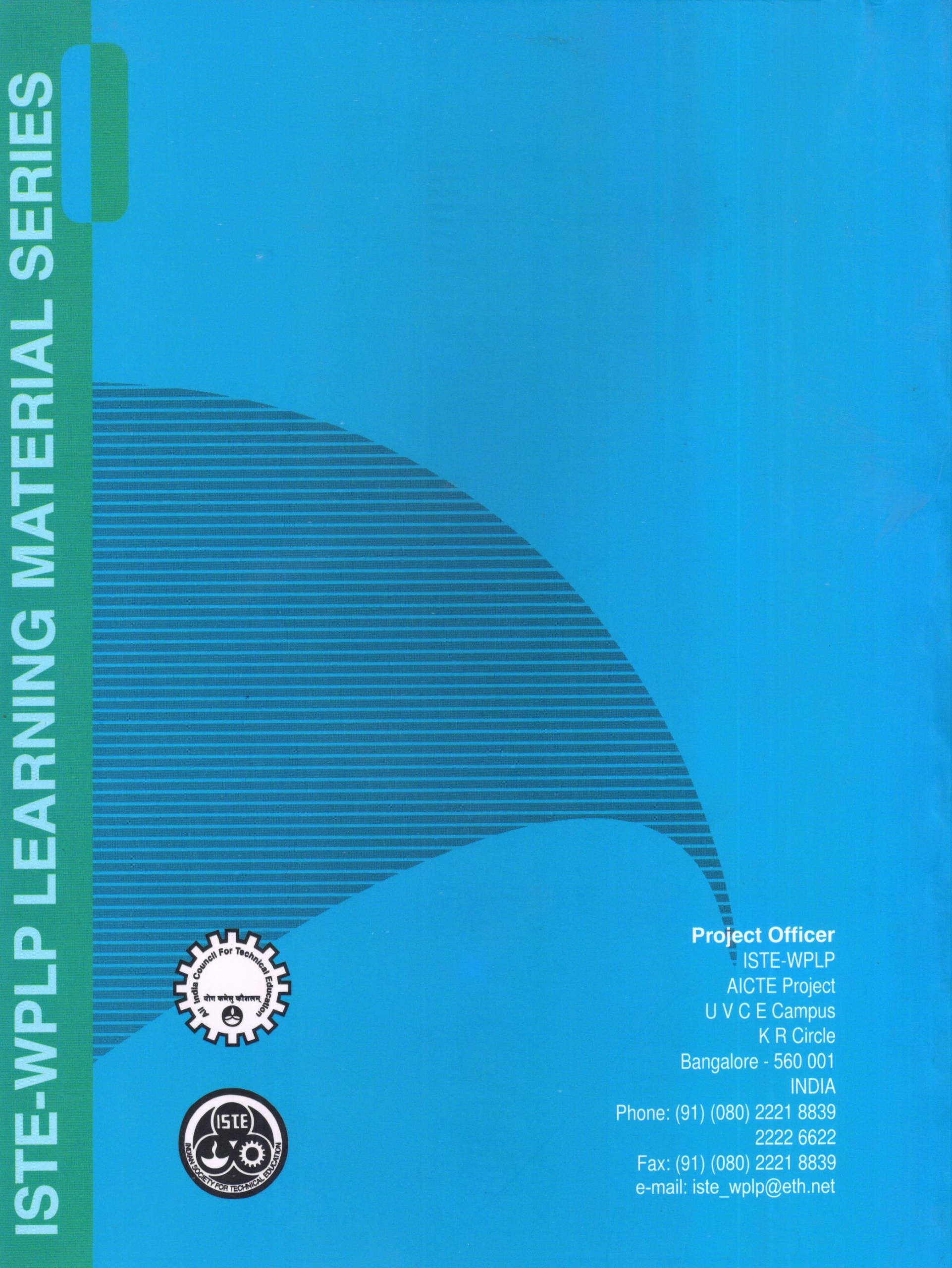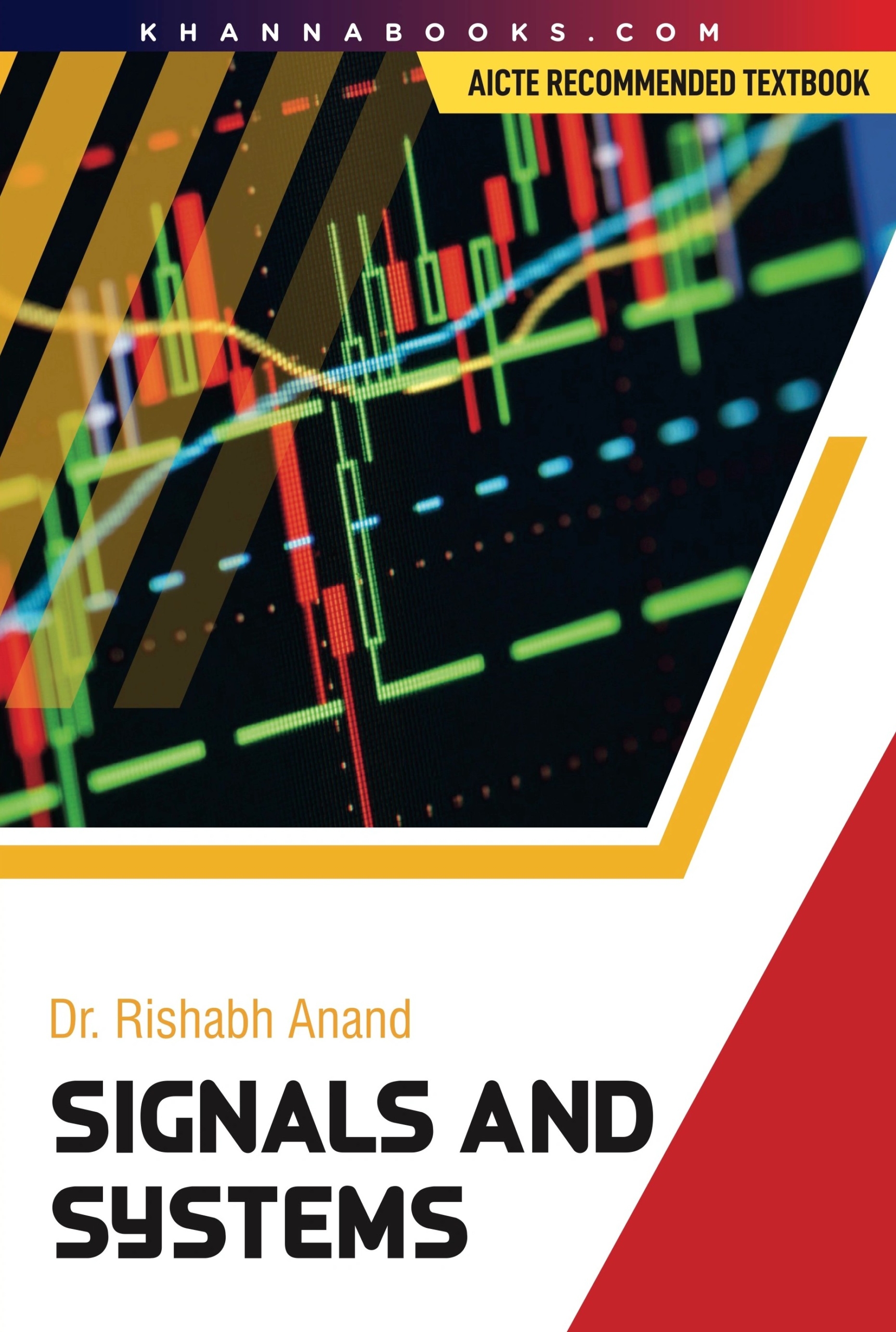Description
Biotechnology is defined as ‘The application of biological methods or processes, to produce products useful to mankind’. It often involves making molecular changes in living things for their better utilization. Plant breeders and fermentation experts have for centuries laboured to improve the crops and microorganisms such as yeasts and bacteria, that produce food and medicine. Plant Breeding and Fermentation Technology, in fact, long preceded the scientific knowledge of Genetics. Modern Biotechnology or Genetic Engineering is the technology that makes possible the transfer of genes (DNA) from one organism to another, thus allowing the recipient organism to express traits or characteristics normally associated only with the donor. The new characteristics that the recipients gain, will never easily come to them through natural processes of gene transfer that occur in nature. Thus the scope for Genetic Engineering is far greater than the conventional techniques employed prior to our understanding of DNA.
Table of Contents
FOREWORD
PREFACE
Chapter 1: An Overview of Recombinant DNA Technology.
(Part I: DNA Isolation and Ligation to Vectors)
Chapter 2: An Overview of Recombinant DNA Technology.
(Part II: Transformation Techniques)
Chapter 3: Analytical Techniques Used in Biotechnology and Biosafety Considerations.
Chapter 4: Biosafety practices for Laboratories Dealing with living GMOs OR NON-GM Natural Pathogens.
Chapter 5: Safety in the use of Hazardous Chemicals in Laboratories.
Chapter 6: Radioactive Waste Disposal.
Chapter 7: Genetically Modified Organisms (GMOs): Potential Hazards to Health and Environment.
Chapter 8: Environmental Risk Assessment Practices For GMOs.
Chapter 9: Environmental Risk Assessment Practices and Plan for Construction of Greenhouse for GM Plants.
Chapter 10: Biosafety Regulations Concerning the Movement of GMOs at the International Level.
Chapter 11: Biosafety Regulations in India for Handling and Release of GMOs and GM Seeds.
Chapter 12: The Drugs and Cosmetics Rules (1988) and the Drug Policy (2002).
Chapter 13: Environment Protection ACT (EPA) and Hazard Analysis and Critical Control Points (HACCP).
Chapter 14: Intellectual Property Right (IPR) Issues in Biotechnology.
Chapter 15: Bioethics: Ethical Issues in Biotechnology.
Review Questions
References
Authors
Prof. Geetha Bali
Head ,Dept. of Microbiology & Co-ordinator, Center for Clean Environment Technology (CCET), Bangalore University Bangalore.
Dr. S B Sullia
Emeritus Professor Dept. of Microbiology Bangalore University, Bangalore.















![Mathematics I Calculus and Linear Algebra [For Computer Science Engineering Branches] (English)](https://khannabooks.com/wp-content/uploads/2023/10/978-93-91505-27-1.jpg)








Reviews
There are no reviews yet.